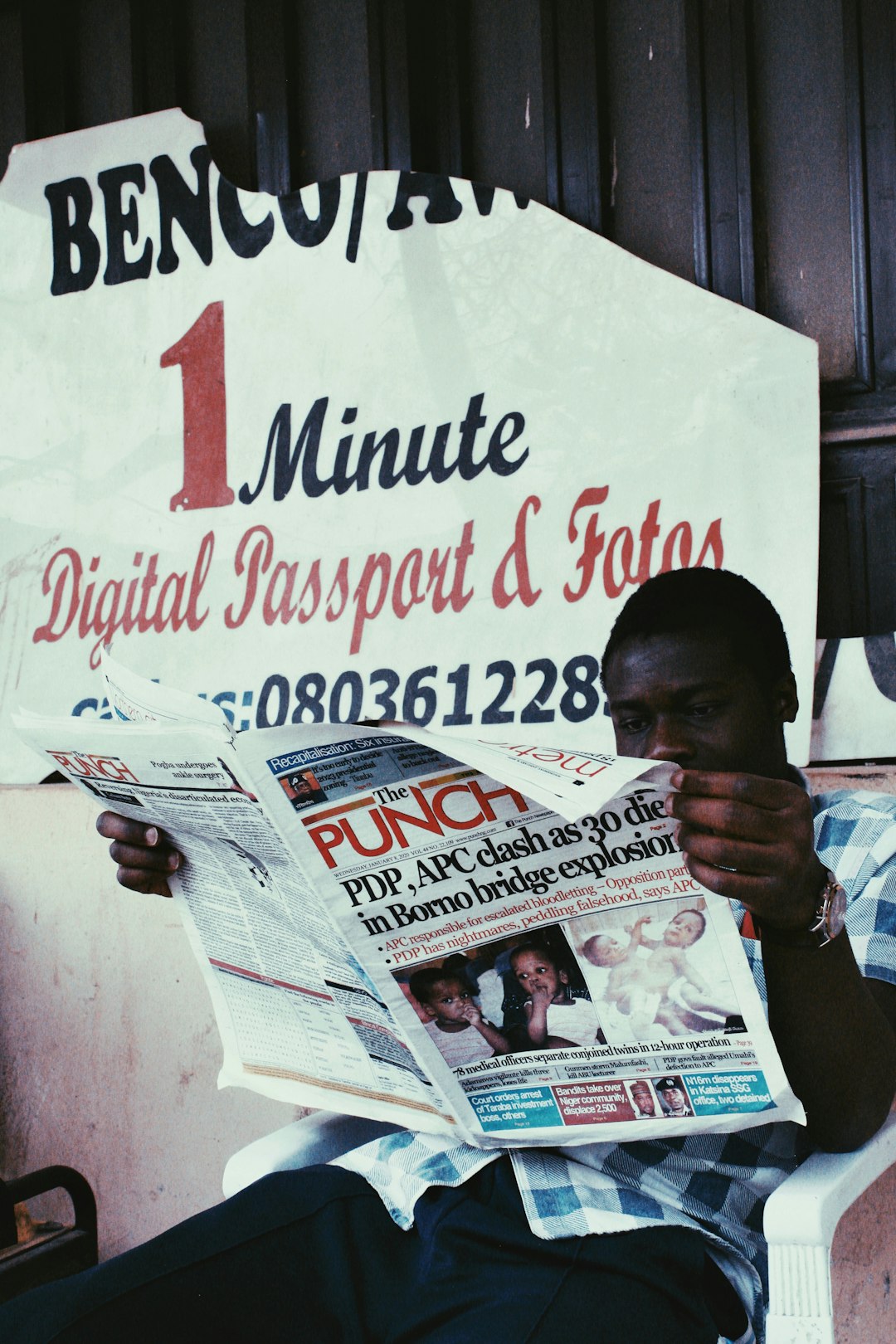COVID-19 Vaccine Rollout: Latest Updates on Distribution Efforts
The development of a COVID-19 vaccine has been a monumental scientific achievement and a beacon of hope in the midst of a global pandemic. With multiple vaccines now authorized for emergency use, governments around the world are faced with the challenge of distributing vaccines to their populations efficiently and swiftly. In this blog post, we will provide you with the latest updates on the COVID-19 vaccine rollout and the efforts being made to ensure a successful distribution process.
As of this writing, several vaccines have been approved for emergency use by regulatory authorities across different countries. The Pfizer-BioNTech vaccine, the Moderna vaccine, and the Oxford-AstraZeneca vaccine are among the prominent ones. These vaccines have shown high efficacy rates in clinical trials, instilling confidence in their ability to protect individuals against the novel coronavirus.
One of the key aspects of the vaccine rollout is the prioritization of certain groups for vaccination. Most countries have adopted a phased approach to ensure that those at the highest risk of severe illness or exposed to the virus are vaccinated first. Healthcare workers, elderly individuals, and those with pre-existing medical conditions are often at the top of the priority list. By vaccinating these groups, governments aim to reduce the burden on healthcare systems and protect those who are most vulnerable.
The distribution efforts for the COVID-19 vaccine rely heavily on logistics and coordination. Cold chain storage is crucial to maintaining the vaccines’ efficacy, as many of them require ultra-low temperatures for storage and transportation. Governments have been investing in cold storage infrastructure to ensure that the vaccines can be safely transported and stored at the required temperatures. Additionally, distribution plans need to consider the availability of trained personnel for administering the vaccines and monitoring any potential side effects.
An important aspect of the vaccine rollout is public communication and education. Governments and health authorities play a vital role in disseminating accurate information about the vaccines, addressing public concerns, and building trust in the vaccination process. It is essential to combat misinformation and ensure that individuals have access to reliable sources of information. By fostering public trust and understanding, governments can encourage higher vaccine uptake and achieve their goal of reaching herd immunity.
Global collaboration is also crucial for the success of the vaccine rollout efforts. Various countries have committed to sharing vaccine doses with low-income nations through initiatives such as COVAX. This international collaboration aims to ensure equitable access to vaccines, especially for countries with limited resources. By working together, the global community can strive towards ending the pandemic on a global scale.
Now, let’s delve into some specific updates on the COVID-19 vaccine rollout in different regions:
1. United States: The United States has launched an ambitious vaccination campaign, aiming to inoculate 300 million individuals by the summer of 2021. The initial focus is on healthcare workers and residents of long-term care facilities. Vaccination sites, including pharmacies, community health centers, and mass vaccination centers, have been set up across the country to facilitate access to vaccines.
2. European Union: The European Union has secured vaccine doses through advance purchase agreements with various pharmaceutical companies. Member states are responsible for organizing their vaccine distribution plans, with most prioritizing healthcare workers, the elderly, and individuals with underlying health conditions.
3. United Kingdom: The United Kingdom was the first country to authorize the Pfizer-BioNTech vaccine, and it has kickstarted its vaccination campaign. The National Health Service (NHS) is coordinating the distribution efforts, ensuring that the most vulnerable groups are vaccinated first.
4. India: With a population of over 1.3 billion, India faces a significant challenge in vaccine distribution. The country has developed a digital platform, Co-WIN, to track vaccine administration and monitor the vaccination process. Healthcare and frontline workers are currently being vaccinated in the first phase.
5. Africa: African countries have also started receiving vaccine doses through the COVAX initiative. Several countries have established vaccination centers and are prioritizing high-risk groups. However, challenges such as limited infrastructure and vaccine hesitancy need to be addressed to ensure successful distribution.
It is important to note that the COVID-19 vaccine rollout is an evolving process, and updates are expected as more vaccines are approved and distribution efforts progress. Governments worldwide are committed to vaccinating their populations as quickly as possible, but persistent challenges may arise. With perseverance, coordination, and public cooperation, we can overcome these hurdles and work towards a healthier, post-pandemic world.
In conclusion, the COVID-19 vaccine rollout is an unprecedented endeavor that requires careful planning, coordination, and communication. Governments and health authorities are taking crucial steps to provide equitable access to vaccines and prioritize vaccination for high-risk groups. Through global collaboration, logistics management, and public education, we can achieve widespread vaccination coverage and pave the way for a brighter future. Let us remain hopeful and do our part in supporting the vaccination efforts to curb the spread of this deadly virus.


